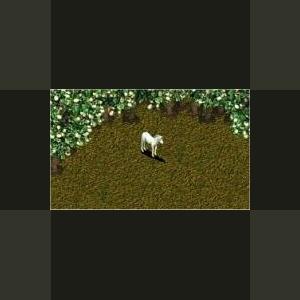About This File
European Unicorn by Ghirin
The unicorn's name comes from two Latin words, and means "one horn." Unicorns today are extremely rare in the wild.
Historically, unicorns have been found throughout the world, with sub-species existing in China, Tibet, Japan, India, Europe and the Middle East.
The unicorn has a wide range of appearances, depending on the subspecies. For example, the Chinese unicorn is shaped like a large stag, having a mane, cloven hooves, and multi-colored skin. This variant has a musical, bell-like call. The Indian unicorn is large and white, resembling a wild ass, with a red head and dark blue eyes. Julius Caesar described the European unicorn as resembling a deer, while later accounts from the Middle Ages depicted the unicorn as more of a goat-like creature, with a tail similar to that of a lion. The unicorns most familiar to modern eyes are descendants of the European unicorn, and are larger, with white horse-like bodies.



Recommended Comments
Create an account or sign in to comment
You need to be a member in order to leave a comment
Create an account
Sign up for a new account in our community. It's easy!
Register a new accountSign in
Already have an account? Sign in here.
Sign In Now